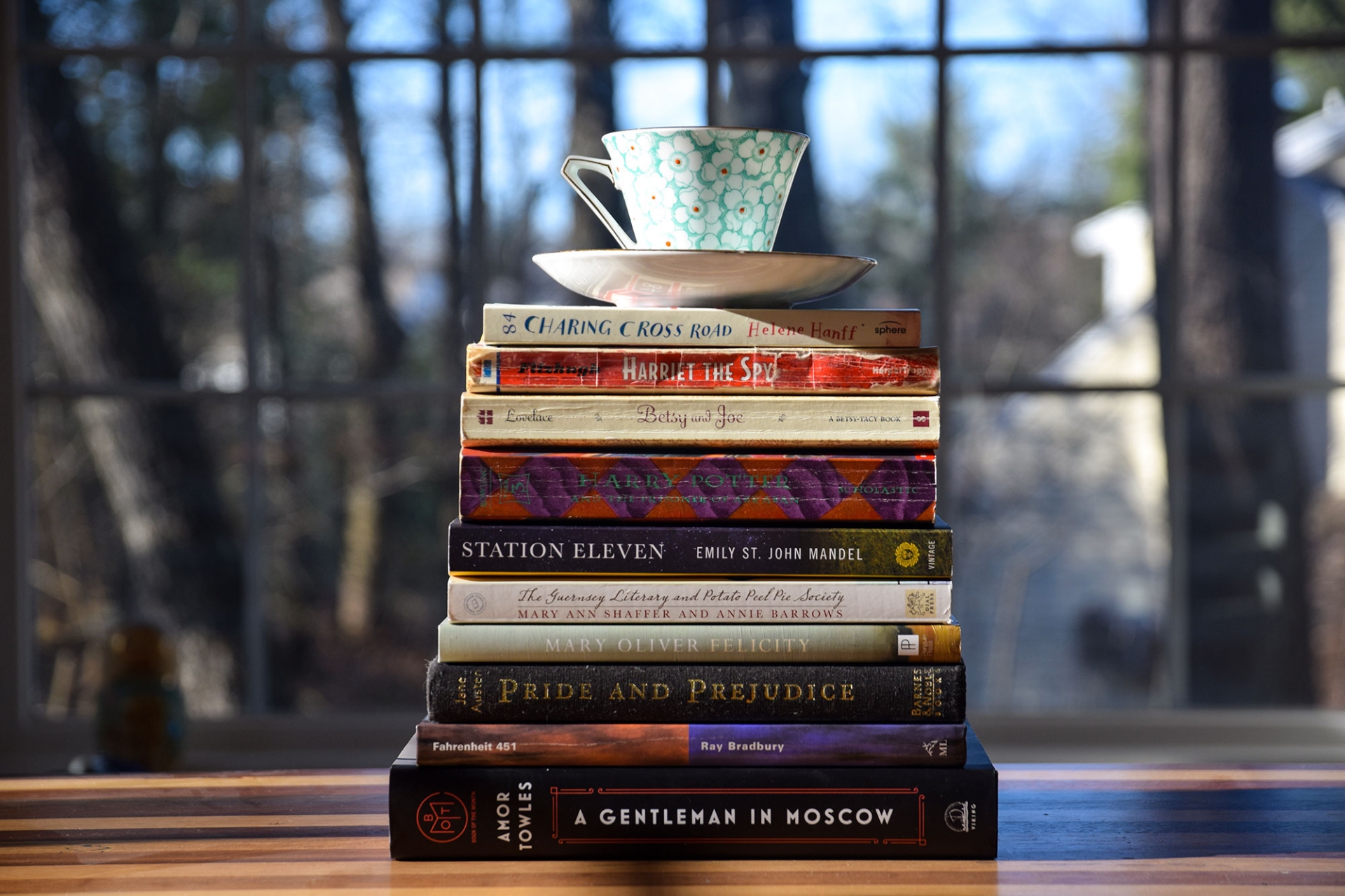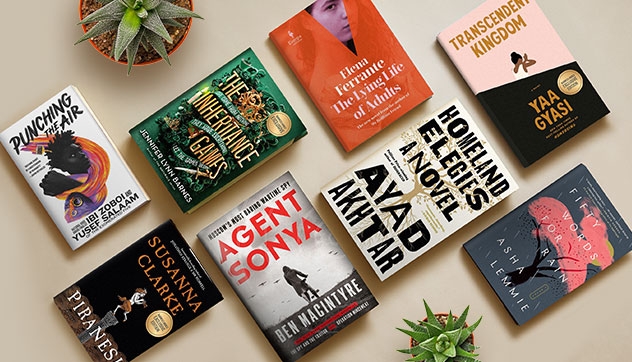11 Creative Ways to Organize your Bookshelves
 |
| It’s time to step up your organization game. Photo: The Millions |
When thinking about how to organize your bookshelves you will want to consider a few things before you start:
-
How much space you have
-
The number of shelves you have (or are able to add)
-
How many books you have
-
What system you would like to use
There are a few main systems for organizing bookshelves, though of course you can always go off-book and create a system that works for you. Some of the most common ones I’ve seen are:
-
Alphabetical (by title or by author surname
-
Genre
-
Colour
-
Edition or collection
-
Separated into read and unread
Now let's get started!
1. Separate your hardcovers and paperbacks
Divide your hardbacks and paperbacks for a cleaner, more streamlined look on your bookshelves. It’s also a great way to organize if you’re a visual person.
2. Arrange your books by color
| THE PROS AND CONS OF ORGANIZING BY COLOR PROS: It looks cool. When you post pictures of it on the internet, many people on the internet will think you’re cool. CONS: It isn’t very practical for most people. Unless you only know your books by the color of their cover, it can make it hard to find what you need. It can be aggravating trying to figure out where to place each book. Is this blue cover darker or lighter than this blue cover? Definitely darker. Wait, but this one is lighter…or is it? When you post pictures of it on the internet, many people will be legitimately angry in your general direction. I don’t know why this is but some people feel VERY STRONGLY about color-coded books. |
This organization strategy is ideal if you’re the type of reader who tends to associate certain stories with their covers, or if you’re just really into the idea of statement bookshelves.
The best part about this method is that you can get super creative — stack your colors, try an ombré pattern, or opt for a rainbow look.
3. Don’t be afraid to stack books
 |
| Don’t be afraid to stack books. Photo: Imaginary Book Stack |
Keeping all your books in neat rows is a thing of the past. If you want a handful of select books to stand out, stack ‘em. You can stack by theme, cover, or size, and keep stacks on their own or use them to break up a row. There’s no wrong way to do it.
4. Organize books by genre or subject
Group your mysteries together, your travel memoirs, your 18-century English literature novels, your cookbooks, and so on.
Organizing by genre and subject makes it a cinch to find the right book for your current mood and interests, so you’ll know exactly where to look when you need to satisfy your World War II curiosity or want a little romance story to spice up your Saturday night.
5. Display your favorite book's front and center
display your favorite booksFlickr/Dan Taylor-Watt
Instead of lumping your favorite books in with all their mediocre peers (then frantically scanning the shelves every time you want to reread them), display them front and center where they can shine.
Free Bonus: Having trouble fitting your books on your shelves? Check out these 9 creative book storage hacks for small apartments
6. Organize your books alphabetically
The alphabetical organization works best if you remember book titles and author names more than genres and plot points. It’s also ideal if your collection of books is so massive it’s basically a mini library.
Even better than the sense of accomplishment you’ll get from organizing your books alphabetically?
The satisfaction you’ll feel when your friends stop by to borrow a book and know exactly where to find it.
7. Organize your books according to how they made you feel
Maybe some books made you weep with sadness, while others had you laughing aloud to yourself at two in the morning. Maybe you read books so gripping you didn’t leave your couch for hours at a time. Maybe some books inspired you to pursue your passions, while others shattered your innocence. Maybe you read books that changed your life, and others that made no impression at all.
If you tend to have strong emotional responses to books, this organization method is an awesome way to categorize and distinguish what you’ve read.
8. Group together the books you haven’t read yet
 |
| Group together the books you haven’t read yet. Photo: Barnes & Noble |
Gather all the books you haven’t read yet and place them in their own special TBR (To Be Read) section so they don’t get lost among the other titles.
The best part? You always have a book or two (or maybe five) to reach for when you need a fresh new read.
9. Arrange your books by height and size
Keep books of similar size and height together to give your collection a clean, uncluttered feel. The goal here is to create straight, even lines with the tops of your books — no staggering mountaintop rows allowed.
10. Separate your books by author: contemporary or classic
This method works best if you have a diverse collection of old and new books. We’re talking Stephen King and Toni Morrison types, plus your Fitzgeralds, Austens, and Hemingways.
You can define contemporary and classic however it suits you: living and deceased authors, books were written before and after a certain date, or books published in specific time periods.
11. Organize books by the condition of their covers
This is another way to limit visual clutter on your bookshelves. Keep your torn, tattered, and weather-faded books all in one place, and your books with beautiful, well-kept covers in another.
Hope these tips will be useful to you and for more information about different interesting topics – check out our KnowInsider.
 | 7 Ways to Stop Cravings for Junk Food Food cravings are the dieter’s worst enemy. The types of foods that people crave are highly variable, but these are often processed junk foods that ... |
 | How to Keep Insects out of your House? Ants, flies, moths and other creepy-crawly things aren't so welcome when they're in your house. There are better ways to keep the pests outside without ... |
 | 5 Creative Ways To Increase Natural Light in Your Home Natural Light in Your Home: Exposure to daylight has been linked to improvements in our wellbeing and mood, and in the home, natural light can ... |


























